ChOOSING WOOD FOR JEWELRY MAKING
Excerpt from Making Wooden Jewelry by Sarah King
Wood gives a natural aesthetic to any piece of art. From salvaged wood and plywood to exotic hardwoods, there’s no shortage of creativity that wood offers. Author Sarah King started her jewelry work with silver but needed to find a material where she could control the shaping. This quest lead her to experimenting with wood and resins. As a big pioneer of eco-friendly and the use of bio-resin in jewelry, Sarah wrote Making Wooden Jewelry to explore the woodworking world through the eyes of a jeweler.
The Use of Wood in Jewelry
In choosing an appropriate wood for a particular project your starting point should be the dimensions you will need and the technique you plan to use. It is also important to think through what finish you want it will be painted or not. The choices can be rather overwhelming, so research the finishes used on similar techniques in wood jewelry and other applications, such as woodworker’s projects, produced with similar techniques. From carving and woodturning to found objects and veneers, there are a variety of techniques that can be used to create your jewelry.

Creating Wooden Jewelry
Create amazing, one-of-a-kind jewelry with the first-ever guide to making wooden jewelry! Discover a new perspective and create 20 beautiful step-by-step projects that take jewelry beyond metal. Written very much from a jeweler’s point of view rather than a wood specialist, Author Sarah King will teach you how to shape, connect, and treat wood as well as other processes like electroforming and ebonizing to create modern art!
“If you enjoy detailed wood crafting, this beautifully illustrated guide will be a great addition to your collection.”
-Sue Mey, Scroll saw artist, pattern designer, and contributor to Scroll Saw Woodworking & Crafts
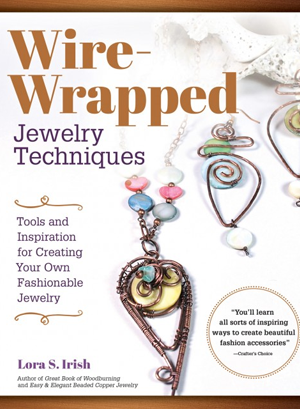
Wire-Wrapped Jewelry Techniques
A little wire, a few simple tools, and some brightly colored beads are all you need to start creating your own intriguing fashion statements.
Expand your jewelry-making skills with 26 chic and stylish projects. Learn how to loop, twist, fold, and recolor leather in ways that take leather jewelry beyond camp crafts and onto the fashion runway.
This beginner’s guide to metal jewelry making shows how to create exciting wearable art using just 12 simple, inexpensive hand tools-no jewelry torch required!
DO Magazine Presents Jewelry Made Easy
DO Jewelry Made Easy features 28 stylish projects from some of today’s top jewelry designers. Make your own stunning jewelry in a variety of mediums-beads, findings, wire, hemp, and leather
Softwoods vs. Hardwoods
Softwoods are derived from conifer trees and tend to be found in cooler climates. They are cheaper and more porous than hardwoods and typically less strong. Hardwoods are denser than softwoods and more commonly used for jewelry, as they tend to be harder.
Manufactured Woods
Plywood is made up of glued veneers, with each layer rotated 90 degrees to one another. MDF stands for medium-density fiberboard. It is made of wood fibers compressed with resin; however, as it contains formaldehyde, it is regarded as an unappealing material.
Wood Grain and Figure
A wood’s grain is formed by the differing density of its growth throughout the year. A piece of wood will be stronger when you work with the grain as opposed to across it. Sanding should be done with the grain, and if you run your finger over the wood surface, it will feel smoother going with the grain than against it. The pattern within the grain of some woods is referred to as its figure and is sometimes selected for visual appeal.
Hardness and Toughness
The hardness of woo1 is measured in lbf, which stands for pound force. On the whole, jewelry does not have to withstand high impact, but the strength of wood you will need depends on the technique you are using and the scale of the finished piece. A wood’s resistance to splitting is referred to as its toughness.
Inside Making Wooden Jewelry:
Ply Leaf Chain Riveted Necklace
Riveting is a method for joining multiple repeat shapes created either using a piercing saw or through laser cutting. Contact your local lasercutting service before you start to find out the type of laser-cuttable wood they supply, what CAD software you can send, and the size of their laser-cutting bed. You can also cut pieces out by hand using a piercing saw. If you wish to work manually, any 1 /8-in birch plywood is fine. Because the links here are made up of different colors, this also makes a feature of the shape of each component part. Get the full tool and material list, pattern, and tutorial in Making Wooden Jewelry.
Spalted Beech Saucer Stud Earrings
This simple project allows the natural patterning within the wood to take center stage. I chose to use spalted beech, which has random patterning caused by a fungus. The small length of wood I bought for this project was sold by a woodturning supplier, and would typically be used to make knife handles. Until you have shaped your pieces, you can’t be sure quite how the pattern will show up or relate to the overall shaping of the piece, so there is an element of surprise and each earring you make will be different. Find this step-by-step project in Making Wooden Jewelry.
Oak Broken Line Necklace
This project explores making beads from standard hardwood dowe, available from a home improvement store. The stringing wire is fastened with a silver tube; this is strong and very versatile and can be adapted for any bead necklace. I’ve used oak, which has a strong grain. Woods without such a pronounced grain, for instance, ash, might be easier to saw without splitting. Get this full project in Making Wooden Jewelry.
Inni Parnanen, Wooden Jewelry Artist
Finnish jewelry artist and designer lnni Parnanen graduated as a goldsmith from Lahti Institute of Design in 1995 and completed her Master’s Degree in the Department of Design of the University of Art and Design, Helsinki, in 1998. She actively participates in exhibitions both in Finland and internationally. Her works can be found in many international publications as well as in private and public collections. This piece is a quarterlet of plywood Pallo necklaces with magnetic fastenings. See Inni’s full feature in Making Wooden Jewelry.
Get Exclusive Email Offers And Receive 15% OFF On Your First Book Order!

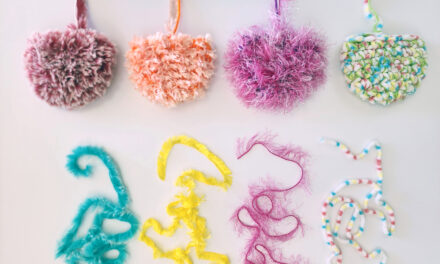

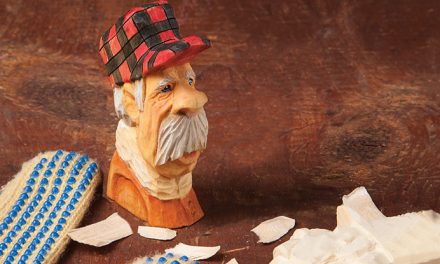

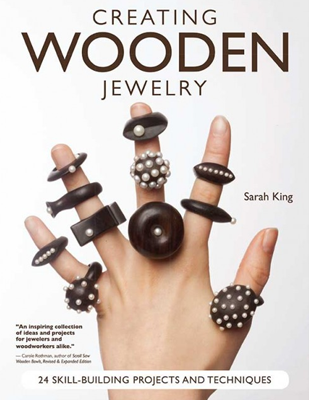
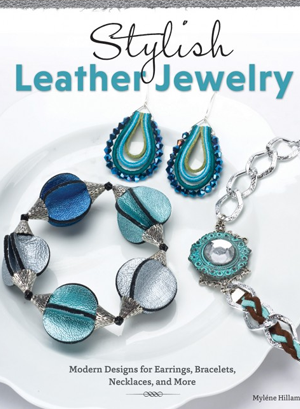
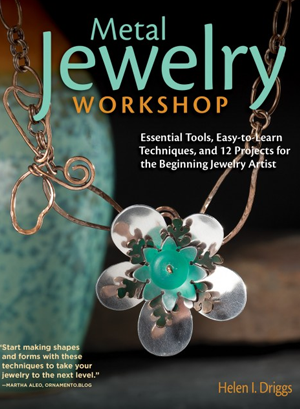
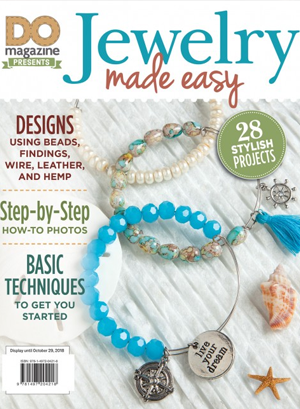

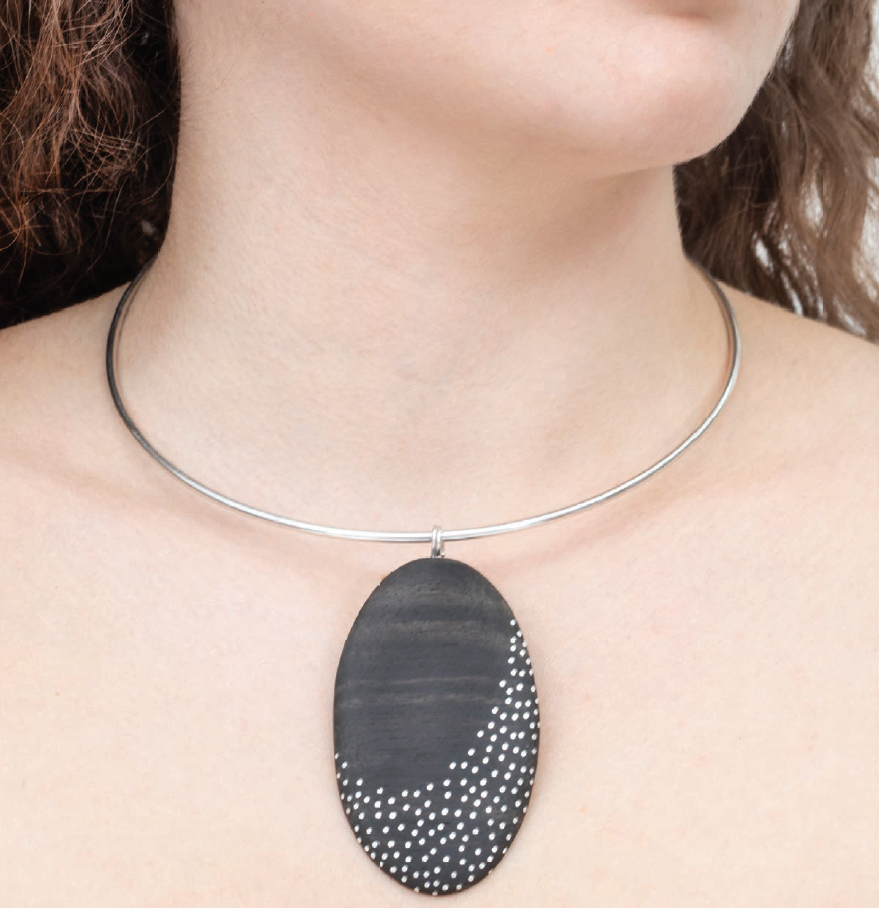




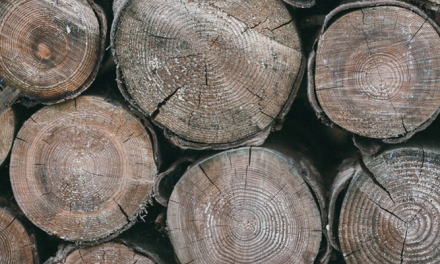

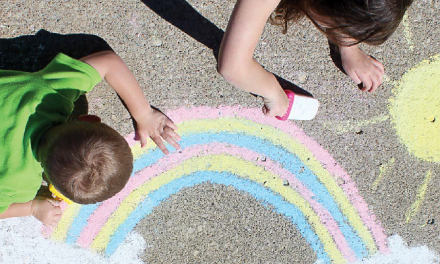
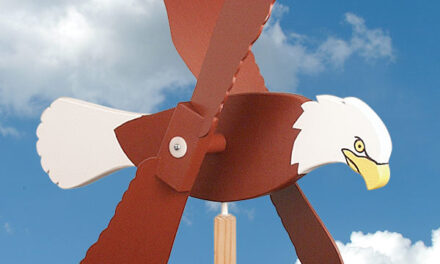
Recent Comments